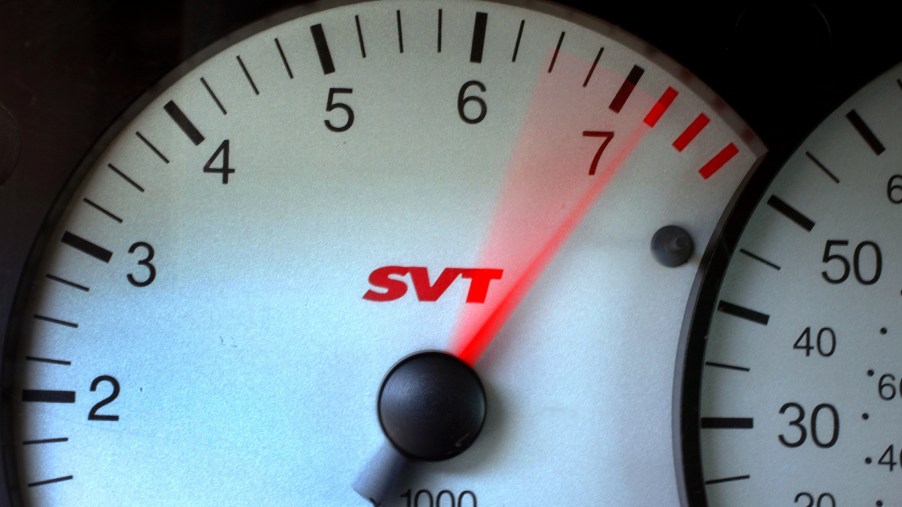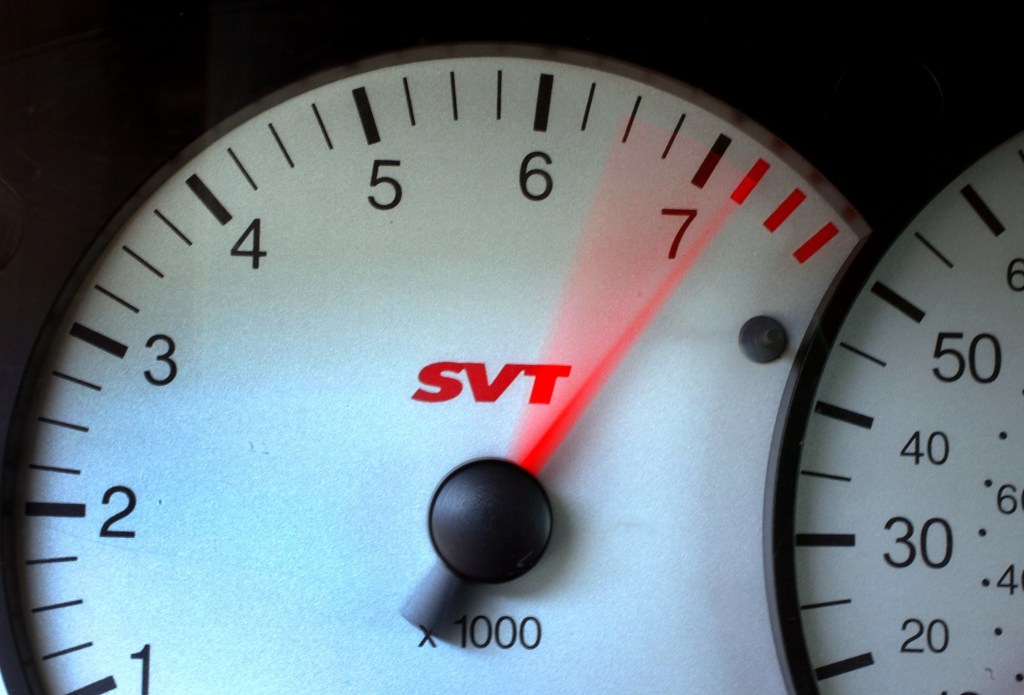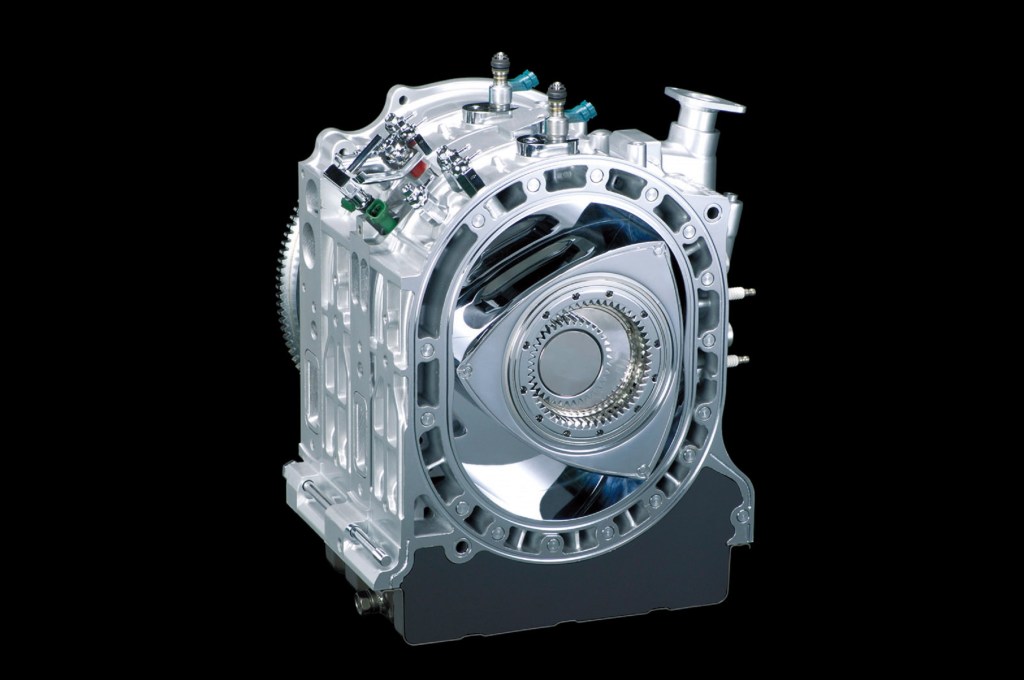
Italian Tune-Up: Does Redlining Remove Car Engine Carbon Deposits?
Even with catalytic converters, particulate filters, and EGR valves, running an internal-combustion engine always creates grime, especially sooty carbon deposits. And while some patina can be charming, a dirty engine often starts running as poorly as it looks. As such, regular cleaning is an important though oft-overlooked car maintenance item. However, even if your engine bay is clean, that doesn’t mean your engine’s insides are, too. Fortunately, there’s a seemingly simple solution: the so-called ‘Italian tune-up.’ But does it actually work?
What is the ‘Italian tune-up’ supposed to do?

Despite some terminology similarities, a tune-up doesn’t mean tuning the engine. True, back in the day tune-ups did involve carburetor adjustments. But today, a tune-up means replacing the spark plugs, changing oil and fuel filters, flushing the fluids, and so on. Because worn-out parts often cause engine power loss, a tune-up can marginally improve performance. However, the main goal is maintenance.
That’s also the main goal of an Italian tune-up, albeit from a cleanliness perspective. As mentioned earlier, engines get dirty inside and out over time, making them less powerful, less efficient, and more susceptible to damaging backfires. But while some engine parts, such as the throttle body, are easy to clean, others, such as the valves and pistons, require partial or full disassembly to access. And that’s where the Italian tune-up comes into play.
An Italian tune-up doesn’t require special tools or training. Just put your foot to the floor and run your engine to redline for an extended period. Allegedly, the term originates from classic Ferrari mechanics redlining customer cars as part of the service, Hagerty explains. Hence the ‘Italian’ part.
OK, that’s the ‘what’ of the Italian tune-up, but what’s the ‘why’? Supposedly, redlining your car helps the engine break apart internal carbon deposits. That way, they’re either jettisoned or flushed away. And while carbon deposits were more of an issue in the past, even modern engines produce them. So, running to redline theoretically benefits both classic and modern vehicles.
Also, although there are several ways to carbon clean your engine, an Italian tune-up requires nothing more than your right foot. Plus, what enthusiast doesn’t love letting their engine sing?
Does redlining your car every so often remove carbon from the engine?
Taken at face value, redlining your car to clean out carbon deposits makes some sense. As RPMs rise, your engine’s parts move faster, oil and fuel squirt with more pressure, and everything heats up. To some, that undoubtedly sounds like scrubbing faster in hotter water to remove a stubborn bit of grease on a plate. And that usually works, right?
Cleaning an engine isn’t like cleaning plates, though. And when it comes to the Italian tune-up, the supposed benefits aren’t so clear-cut, Road & Track reports.
Admittedly, heat does help break down carbon deposits, Hagerty says. Decarboxylation requires temperatures of at least 325°C (617°F), but some engine parts do see temperatures that high or higher. However, it’s here where the Italian tune-up starts running out of steam.
Firstly, although some engine parts get that hot, others, such as the intake valves, don’t. That’s particularly true if your car has port injection, with intake-mounted injectors, rather than direct injection, which puts them right in the combustion chamber. If your car uses the former, you won’t get the entire engine to the required minimum temperature.
In addition, cars with direct-injection engines are particularly susceptible to carbon buildup. That’s because while port injection lets fuel pass over and wash the intake valves, direct injection lacks that benefit, R&T explains. So, redlining a direct-injection car might make things worse, not better.
Furthermore, a heat-based carbon cleaning method requires sustained temperatures to work. In other words, you can’t just occasionally redline your car, R&T notes. You have to pin the engine to redline and hold it there to see any real benefits. And that’s not really feasible in normal driving conditions.
Running a rotary to redline isn’t just fun—it’s good maintenance

In short, while the Italian tune-up is based on some sound science, its real-world benefits are likely minimal. At least that’s the case for piston engines. With rotary engines, though, it’s a different story.
Because rotary engines burn oil as part of their lubrication and cooling needs, they tend to develop carbon deposits. However, unlike piston engines, rotaries don’t have complicated valvetrain components or isolated pistons. So, together with the rotor’s spinning motion, redlining rotary cars is more effective at removing carbon deposits. And many rotary experts, including Banzai Racing and Rotary Resurrection, recommended redlining your engine at least once per drive after letting it warm up.
However, regularly running rotaries to redline doesn’t just help remove soot. RX-7 and RX-8 engines have secondary inlet valves that are supposed to open at higher RPMs. But if you don’t exercise them regularly by hitting those revs, they get stuck, which leads to additional complications. And redlining doesn’t just give the valves a workout—it also puts more force on the apex seal springs, which keeps them from getting stuck.
So, if you have a rotary car, Italian tune-ups do genuinely help. But even if they don’t significantly benefit piston cars, hitting the redline occasionally doesn’t damage them, either. And hey, as long as you do it safely, it’s fun.
Follow more updates from MotorBiscuit on our Facebook page.


